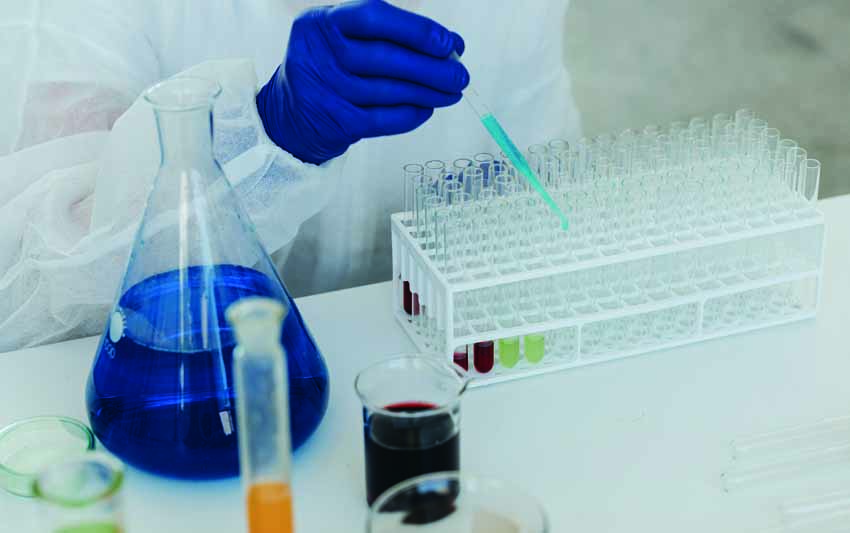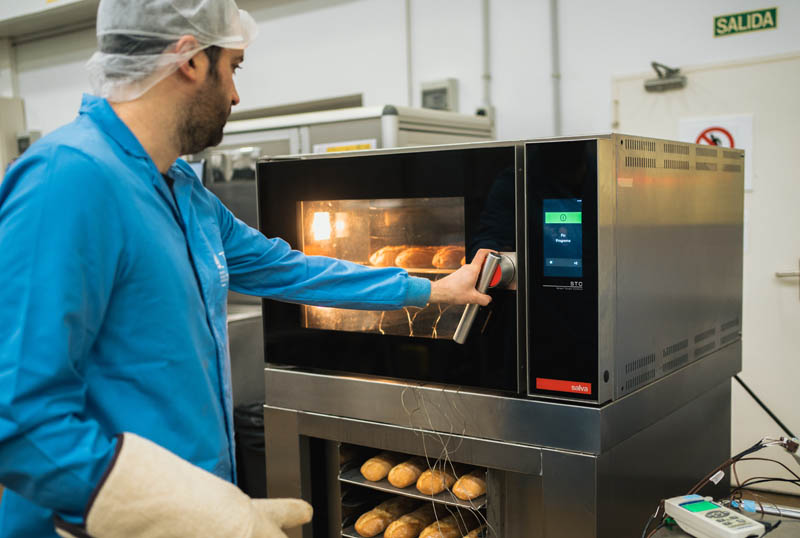Challenge tests in the Food Security Context
Últimas noticias
Una mirada LGTBIQ+ al reino animal
Circular Economy in Action: Valorisation of By-products through Projects like PRIMA NEWFEED
Strategic Perspectives: Highlights from the Food4Future World Summit for Business Leaders
MIGUEL ROMEO, Food Quality and Safety researcher
A challenge test is the premeditated and controlled contamination of a food with a target micro-organism. These tests allow us to assess health risks to consumers and, when necessary, to determine the appropriate time period for safe consumption.
Commission Regulation (EC) No 2073/2005 of 15 November 2005 on “microbiological criteria for foodstuffs”, according to which Spain is currently applying, mentions certain obligations that food industry must take into account. The main one is to set a consumption period for the product, which must appear on the label. It also has to state how it is to be used, i.e. whether it is a ready-to-eat product or whether it requires any further preparation, in which case instructions should be specified. In order to fulfil these obligations, the regulation specifies the possibility of carrying out additional studies, if these are necessary. These include “challenge tests”.
Índice de contenidos
It is a warranty of stability and microbiological quality of products.
After establishing an estimated consumption period by means of product evolution studies (sensory, micro, physical-chemical), a microbiological risk assessment must be carried out, and if necessary, complementary tests such as the challenge test must be carried out. This makes it possible to establish safe consumption periods.
Understanding the microbiological risk assessment and determining the need for such testing is essential.

When to run a challenge test?
In the case of any change: formulation, production, storage conditions, it is necessary to re-evaluate the microbiological risks and to determine whether or not a challenge test should be carried out.
A challenge test can also be used to assess the treatment of products during processing in order to reduce microbiological risk.
Advantages
Not setting an appropriate period for product consumption can lead to alerts for the presence of pathogens, the management of which can lead to the product being considered for removal. Likewise, the brand image can be affected and consequent loss of consumer confidence.
On the other hand, carrying out these tests when they are not necessary leads to unnecessary costs.
How to deal with a challenge test?
Existen múltiples formas de abordarlas, aunque existe una norma, ISO 20976, donde vienen reflejadas las directrices y requisitos para la realización de ensayos de desafío. No obstante, para realizarlos de forma eficaz, existen unas pautas que no están recogidas directamente en la norma, pero que hay que tenerlas en cuenta para una challenge test más eficiente. Estas pautas pasan por el diseño de un estudio que imite en la medida de lo posible el proceso industrial.
There are many possible options, although there is a regulation, ISO 20976, which sets out the guidelines and requirements for conducting challenge tests. However, in order to carry them out effectively, there are some guidelines that are not directly included in the standard, but which must be taken into account for a more efficient challenge test. These guidelines include the study design that imitates the industrial process as far as possible.
AZTI has highly qualified personnel to carry out these assessments and help the food industry in their decision making. We have sufficient knowledge and infrastructure to carry out any type of challenge test, establishing a comprehensive strategy to guarantee food safety.







